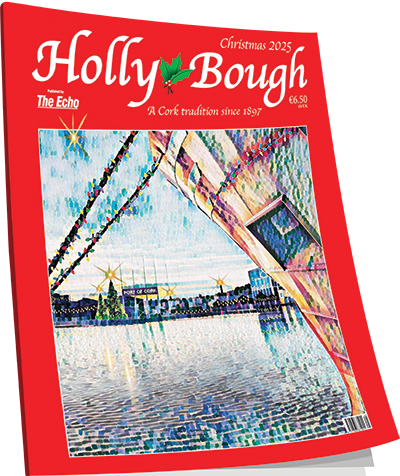Premier League: Old Trafford is getting old fast under Glazer ownership
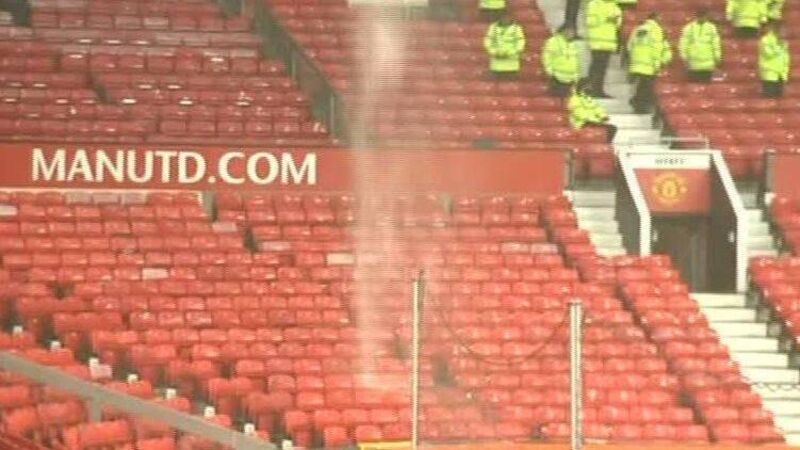
Water pouring from the Old Trafford roof onto seats before the Premier League match between Man United and neighbours Man City in 2019.
THE badly advised European Super League (ESL) may have been the tipping point for angry Manchester United fans to invade the pitch last weekend against Liverpool. But it has been coming for a long time.
Graeme Souness' theory that these fans wouldn't be there if United were in competitive contention for silverware, was rejected by fellow Sky pundits Jamie Carragher and Gary Neville as they pointed out that United fans' disgust with the Glazer family ownership of the club goes way back to Alex Ferguson's reign manifested in the green and gold scarf protests and breakaway club creations, all while United were still a very successful unit.
The Glazer stewardship started inauspiciously enough as they immediately saddled the giant cash cow that is United with debt, as the successful club was used to leverage the debts of the family's other businesses and franchises, all the while the owners observed the steady decline of the post-Fergie dynasty.
To be fair to the Glazers, it's not like Man United was far from starved of finance for talent on the field. But like their many decisions for managers, many of their expensive talent choices failed to live up to expectations on the field, leading to the belief that the people in charge of the purse strings wouldn't know a player that would fit with United's ethos any better than they would recognise a hole in the roof.
And that's where the Glazers' tenure has most notably failed to do what is expected of a considerate owner. Off the field, while United's hyper-effective sponsor tracking department garnered ever-greater finances from their 'corporate partners', none of it seems to have been invested in Old Trafford itself.

I haven't been to Old Trafford since the early noughties and while the 'Theatre of Dreams' as an arena was as impressive as ever, the functionary facilities such as toilets and concourses were even then starting to show their age. I believe since then there has been a dramatic decline in the quality of the public realm within the stadium, with facilities festooned with out of order signs and even broken brickwork littering the pathways. All the while, the push to squeeze in more and more paying fans has created a cramped and unpleasant fan experience for many spectators.
All the while, many of United's competitors such as City, Arsenal, and Spurs have moved into futuristic and impressive new mega stadiums. Even Liverpool's rickety old Anfield now has an impressive new stand and future extensions threaten Old Trafford's supremacy for the best fan experience.
The edifice remains in Trafford and it is most certainly Old, as is embarrassingly highlighted whenever there is heavy rain in the Manchester area (so all the time then), which then provides the United patrons with a picturesque cascading waterfall that lands on the unfortunate ticket holders below in the 'covered' Sir Bobby Charlton Stand.

Sunday's disturbances at Old Trafford were unsettling. There are questions remaining about the security at the ground that saw so many invade the pitch with relative ease. Then there are the motives behind the minority of those present outside the ground that attacked the police in some cases rather viciously.
One gets the impression that there were many reasons behind Sunday's protest and invasion. Those disgusted by the ESL bid, those worn out from lack of investment at the ground and those with long-standing quarrels with the Glazers finances as owners from day one.
I suspect, in the final analysis, there is even a bit of truth too to Souness' statement of those dissatisfied with the current form. Indeed, if United were in close contention for a Premier League title or vying for Champions League success, it would not be hard to imagine that the protest would not have been as heated at least or have even broken into the broken Old Trafford at all.

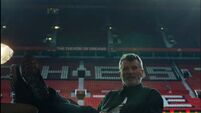


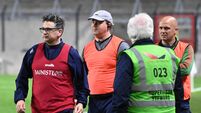
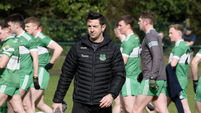
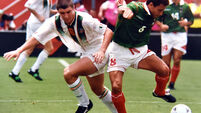



 App?
App?








